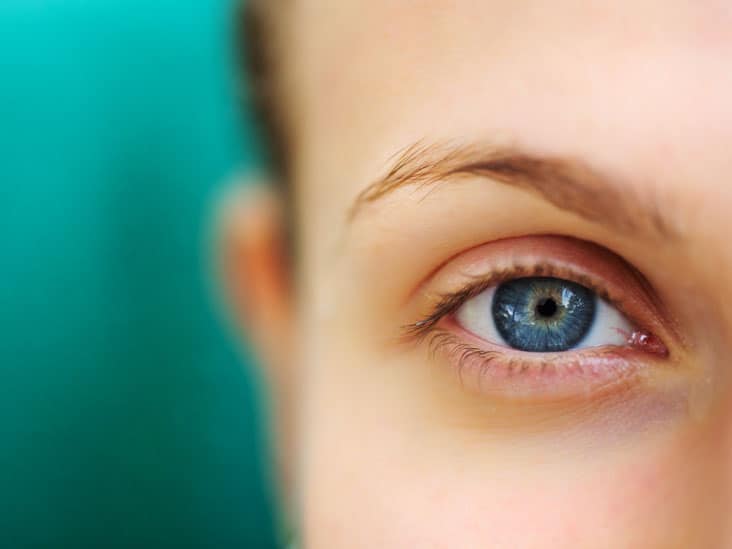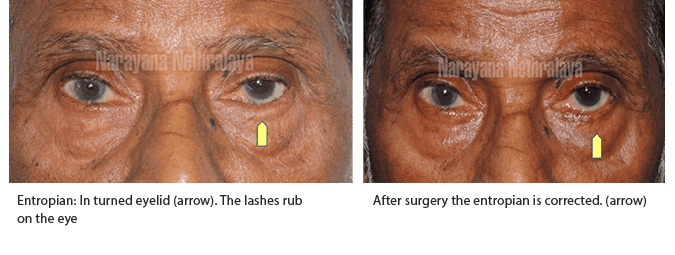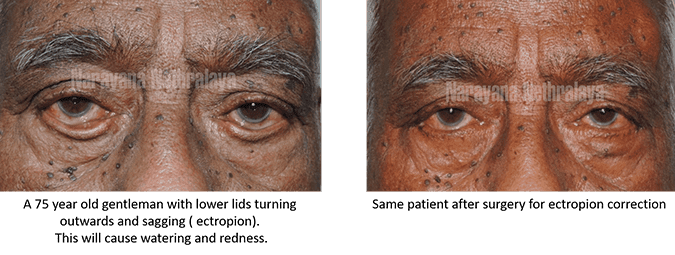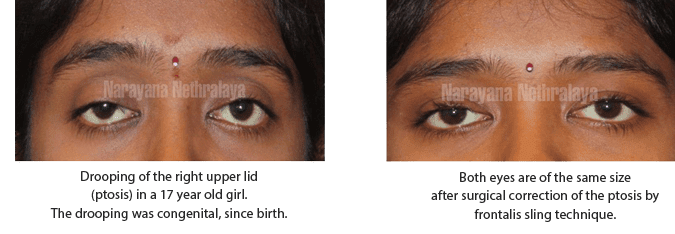Eyelid
The eyelids are the gaurdians of the eye.
They close to protect the eye, they open to allow the eye to see. They are responsible for appearance and expressions. Our team performs a variety of treatments for eyelid problems.
Oculoplasty

Entropion & Ectropion
Lid margin malposition (in-turned lid margin – entropion; out turned lid margin – ectropion) is a commonly encountered condition presenting to the oculoplasty department. It can either be due to age, where the eyelid becomes loose. It may also be caused by injury or infection which causes scarring. The treatment is by surgery. It is best done by a trained Oculoplasty surgeon who ensures perfect correction, with intact functionality of eyelids.


Book an appointment with our Oculoplasty Team
Ptosis
Drooping of eyelids(Ptosis) can be congenital(by birth) or acquired(later in life). Ophthalmic plastic surgery can correct ptosis and the choice of surgery depends on the severity and power of the muscle aiding in lifting the eyelid.


Book an appointment with our Oculoplasty Team
Scarred Eyelid
Scarred eyelids result from poor healing after injury. They appear unsightly. They also put the eye at risk if they do not blink and close properly. This can be corrected by eyelid reconstruction.
Trauma leading to lid tears/ lacerations also come under the purview of Ophthalmic plastic surgery requiring repair with or without grafts and flaps. To see a video of eyelid and canaliculus tear repair, play the below video. The clipping is from a surgical procedure, viewer discretion is advised.

Call us to Book an Appointment
Eyelid Trauma
Trauma leading to lid tears/ lacerations also come under the purview of Ophthalmic plastic surgery requiring repair with or without grafts and flaps. To see a video of eyelid and canaliculus tear repair, play the below video. The clipping is from a surgical procedure, viewer discretion is advised.
Book an appointment with our Oculoplasty Team
Baggy Eyelids
Sagging of eyelids and prolapse of fat surrounding the eyeball may give an aged appearance. This aged appearance can be treated by blepharoplasty.
Click here to know more
Eyelid Paralysis
Difficulty/ Inability to close eyes as a result of the paralysis of nerve supplying the facial region also has a wide range of treatment options.
Book an appointment with our Oculoplasty Team
Blepharospasm & Hemifacial Spasm
Abnormal involuntary blinking or spasm of the eyelids (Blepharospasm) and associated twitching of one half of the face (Hemifacial spasm) can be treated with botulinum injection or surgery based on the severity.
Book an appointment with our Oculoplasty Team
Facilities and procedures available
Eyelid surgery for drooping (Ptosis surgery)
Surgery for lid margin malposition (Entropion and Ectropion correction surgery)
Eyelid reconstruction
Blepharoplasty for eyelid sagging and baggy eyelids
Lid tear repair (simple/with flaps and grafts)
Botulinum toxin injection for Blepharospasm and Hemifacial spasm. The injection is a quick procedure, without the need for admission.
Surgery for Blepharospasm (Myectomy)
FAQ
Frequently Asked Questions
What is ptosis?
Ptosis is drooping of the eyelid. The eye appears smaller, there is difficulty opening the eye. Ptosis may occur in one eye or both eye. There is obstruction of vision and a sleepy and tired appearance.
Why does ptosis occur?
There is a muscle in the upper lid, called the levator- the function the levator is to lift the eyelid open. If the levator is not working well, the eyelid droops. In many patients who have ptosis since birth, the levator muscle is weak since birth. In patients where ptosis starts later in life, there may be multiple causes: injury, age, use of contact lens for many years, and some neurological diseases.
Do we need to consult a neurologist?
A small proportion of ptosis stems from neurologic diseases. Usually the oculoplasty surgeon is able to differentiate these on examination. They will then refer you to a neurologist.
How important is it to correct ptosis?
For an adult, a ptosis can block part of the visual field, obstructing the vision. There can be strain by lifting the brow muscles to compensate. More and more people opt for ptosis correction to avoid looking tired, sleepy and unhappy.
In a child, the ptosis may cause delay in the development of vision, and a lazy eye (amblyopia). This has to be corrected at a young age, and appropriate glasses and exercise started. Once the patient is older, vision correction cannot be achieved. It is extremely important to have an accurate assessment of vision in a child with ptosis.
What are the methods of correction of ptosis?
The oculoplasty surgeon assesses the measurements of the eye. If the natural muscle can be strengthened with stitches, that is the method of choice. If the natural muscle/ levator is too weak for correction, an implant (most commonly silicone) is placed to connect the forehead muscles and the eyelids. The patient can then effectively use the forehead muscle to lift the eyelid. Another option is to use the patient’s own tissue from the leg (fascia lata sling).
Some neurologic diseases such as myasthenia can be treated by oral medicines.
Rarely, there are some ptosis patients where it is not safe to do surgery. These patients are recommended crutch glasses, spectacles which prop the eye open.
What are the outcomes with ptosis surgery?
After ptosis surgery, the final outcome is known at 6 weeks.This is because each person’s body heals in a slightly different way, and a small percentage of uncertainty remains. Eight of ten patients have the eyelid set exactly at the correct height.
Usually the eyelid height is equal when the patient looks forward, but some difference is seen when the patient looks upward or downward. In a few patients, when the patient sleeps after surgery, a small gap may remain open in the eyelids. A silicone sling when used, has greater flexibility, allows natural blinking, and can be re-adjusted if required.
